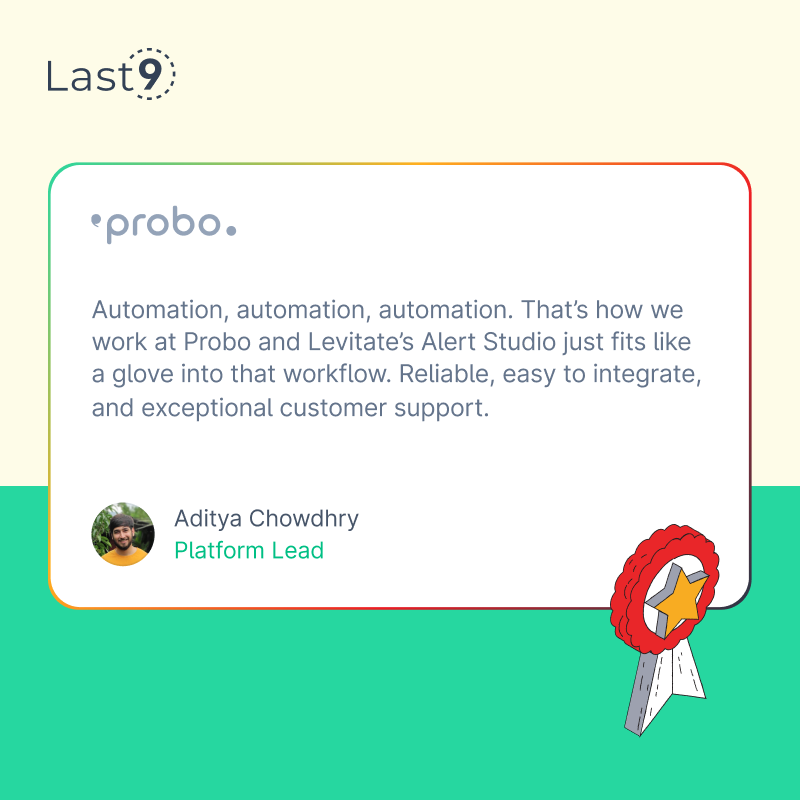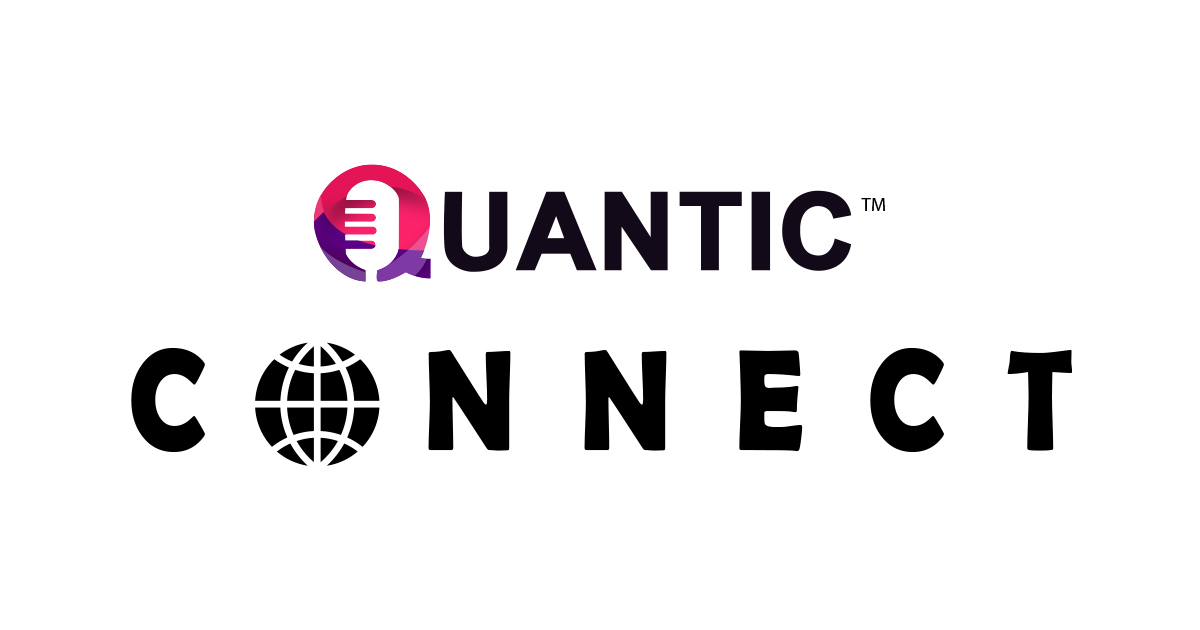Delhi, 8th October, 2024: Today’s businesses encounter major challenges in effectively monitoring and managing the increasing complexity of their systems. With the rise of microservices, distributed architectures, multi-cloud environments, and recent developments in open-source tooling like OpenTelemetry, traditional monitoring tools struggle to keep up.
Last9 offers a cost-effective solution tailored to these modern challenges. Its unified platform simplifies observability for companies of all sizes by integrating metrics, logs, and traces into one cohesive system.
With enhanced insights, easy-to-manage telemetry data, and real-time monitoring, Last9 ensures that businesses can effectively maintain performance while reducing operational overhead.
The Challenges of Traditional Monitoring in Cloud-Native Environments
It’s important to understand the limitations of traditional monitoring approaches in cloud-native contexts:
Increased Complexity
Cloud-native architectures have introduced an unprecedented level of complexity. With microservices proliferating and interconnecting in intricate ways, the amount of telemetry data generated is staggering. Traditional monitoring tools, designed for simpler, monolithic systems, often find themselves overwhelmed. It’s akin to trying to monitor a bustling metropolis with tools designed for a small town.
Data Silos
Many organizations deal with fragmented monitoring data spread across multiple systems, leading to data silos. This makes it difficult to obtain a complete view of system health. Teams often need to switch between tools and dashboards when troubleshooting, slowing down problem resolution.
High-Cardinality Data
As applications grow, they generate high-cardinality data, like metrics with many unique values (e.g., tracking millions of users’ experiences). Traditional tools struggle to handle this volume, either missing data or failing to process it efficiently. Organizations try to overcome this by sampling data which reduces granularity.
Dynamic Environments
Cloud-native systems are inherently dynamic, with services scaling up and down based on demand. This elasticity, while great for resource efficiency, poses a significant challenge for monitoring. Traditional tools with static configurations struggle to keep up with this constant flux.
Multi-Cloud Deployments
Many organizations are adopting multi-cloud strategies, spreading their services across different cloud providers. Each provider has its own set of APIs, data formats, and best practices. Traditional monitoring tools, often designed with a single environment in mind, struggle to provide a unified view across these diverse ecosystems. It’s comparable to trying to read multiple books in different languages simultaneously.
These challenges highlight the limitations of traditional monitoring approaches in cloud-native contexts. They underscore the need for more advanced, purpose-built solutions that can handle the scale, complexity, and dynamism of modern cloud environments.
Complex Pricing Models
Traditional monitoring tools often have complex billing structures that vary based on factors such as telemetry types (metrics, logs, traces), the number of hosts, or data retention needs. As a result, organizations are forced to optimize costs by using separate tools for different aspects of monitoring.
For instance, infrastructure monitoring might be handled by one tool, while another is used for application performance monitoring. This approach can reduce costs in the short term but creates data silos, making it difficult for teams to gain a unified view of system performance and health, ultimately slowing down troubleshooting and decision-making. .
.
Last9: A Unified Solution for Monitoring Challenges
Last9 addresses these challenges head-on, offering a suite of features designed specifically for cloud-native environments:
1. Unified Observability Platform
Last9 integrates with frameworks like OpenTelemetry and Prometheus, bringing together metrics, logs, and traces into a single, easy-to-navigate platform. This consolidation eliminates data silos and provides teams with a comprehensive view of their system’s health.
2. Advanced Control Plane
The Control Plane offers a centralized interface to manage the lifecycle of telemetry data, from ingestion and processing to storage and analysis. It automates how data is used and analyzed, providing teams with insights while minimizing manual efforts. This approach reduces administrative overhead and ensures data is always optimized for operational needs.
3. Efficient Handling of High-Cardinality Data
Unlike traditional monitoring tools, Last9 excels in managing high-cardinality data. Its architecture is designed to accommodate the intricacies of modern applications, allowing teams to track user behavior, application performance, and system health without performance bottlenecks.
4. Smart Alerting and Noise Reduction
Last9’s anomaly detection capabilities filter out unnecessary notifications, ensuring teams are only alerted to high-priority issues. This smart approach to alerting helps maintain system reliability while reducing alert fatigue among team members.
5. Adaptability to Dynamic Environments
Last9 is built to handle the dynamic nature of cloud-native environments. Using automation workflows like GitOps, it discovers new services, and updates alerting configurations in real-time, ensuring comprehensive monitoring coverage even in rapidly changing systems.
6. Multi-Cloud Support
Last9 is available on both AWS and GCP marketplaces enabling Bring Your Own Cloud deployments to take advantage of easier procurement, unified billing, and cloud credits and discounts.
We achieved reliable observability for over 25 million live-streaming viewers. But how? It’s quite a story! Check out our case study to explore the challenges and the solutions we implemented.
Cost Efficiency: A Core Principle of Last9
In addition to its technical capabilities, Last9 prioritizes cost efficiency, addressing a common pain point in cloud monitoring:
1. Flexible Pricing Model
Last9 offers a transparent and flexible pricing structure that lets teams focus on engineering instead of optimizing costs:
No per-host billing
No per-user billing
No separate custom metrics billing
This approach allows organizations to scale their monitoring efforts alongside their applications without fear of unexpected cost overages.
2. Resource Optimization
Detailed insights into system performance and resource utilization enable teams to optimize their infrastructure efficiently with Last9. This data-driven approach assists organizations in minimizing unnecessary expenditures and enhancing resource allocation strategies, leading to improved operational efficiency and cost-effectiveness.
3. Intelligent Data Retention
Last9 employs smart data retention policies that balance the need for historical data with storage costs. Data tiers and cold storage keep long-term data accessible without incurring excessive expenses.
Conclusion:
As cloud-native architectures continue to evolve, the need for advanced monitoring solutions becomes increasingly critical. Last9 offers a comprehensive platform that integrates metrics, logs, and traces, unlocking correlated use cases like Application Performance Monitoring (APM) and infrastructure monitoring. This allows organizations to monitor their systems holistically while maintaining cost efficiency.
With Last9, businesses can gain clearer insights into their systems, allowing teams to respond to issues quickly and effectively. This deeper understanding not only helps improve resource allocation and cost management but also ensures smoother, more reliable experiences for the end-users.
If you’re eager to learn more about how Last9 simplifies high cardinality challenges and how it enhances your observability, schedule a demo or get started for free!
To know more about us / publish your article, reach us at
www.quanticindia.com
marquis@quanticindia.com.



